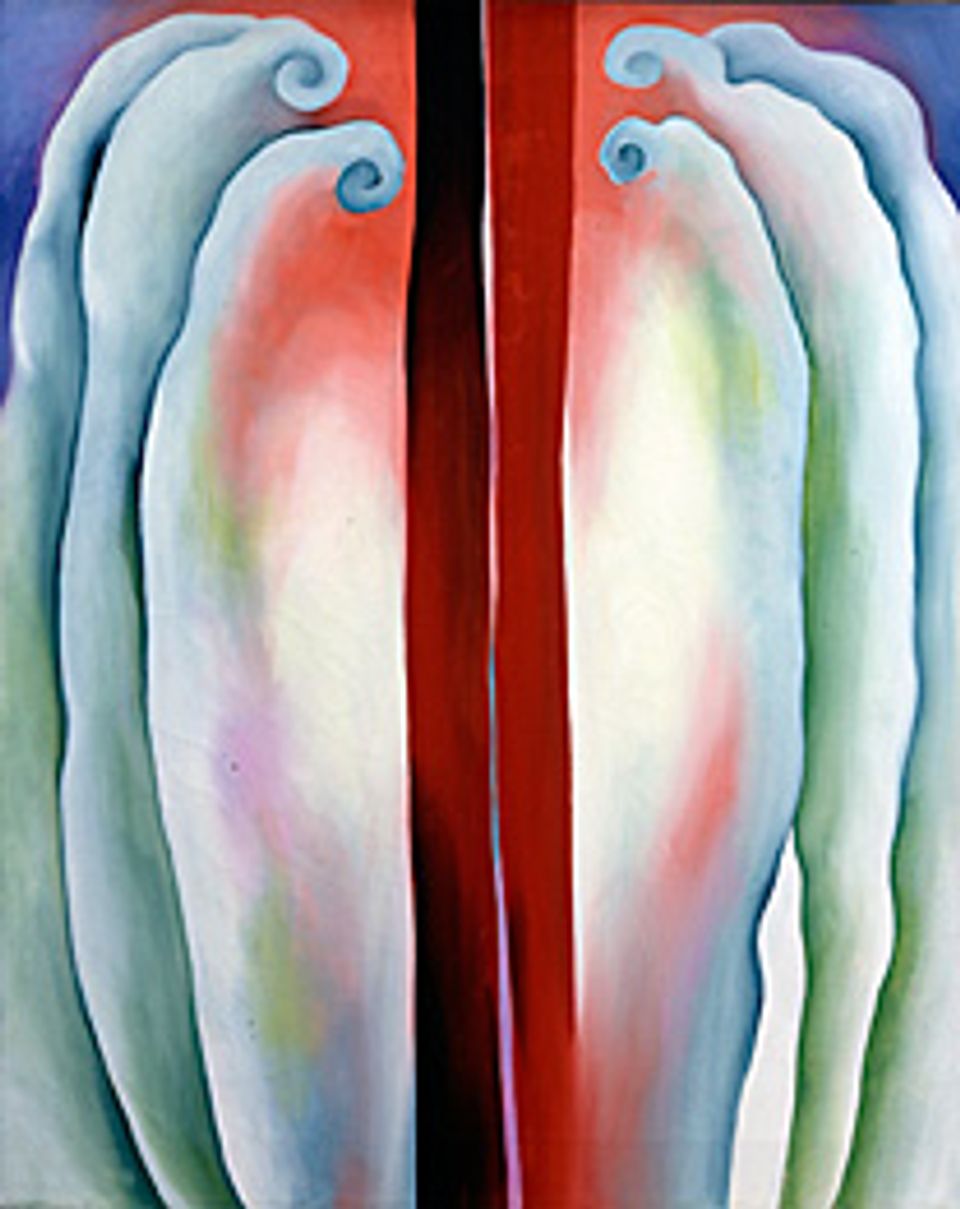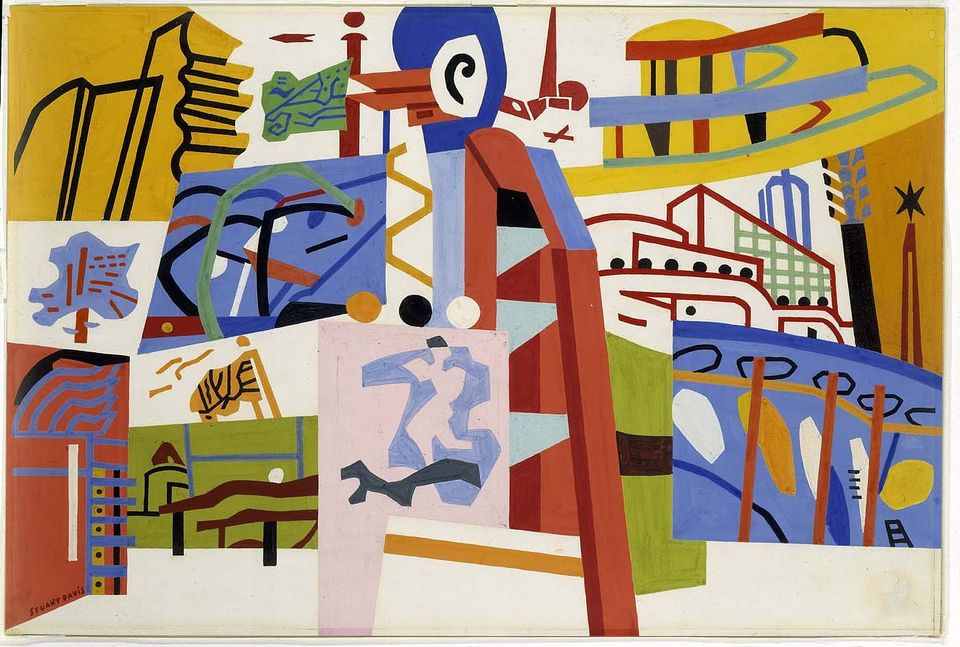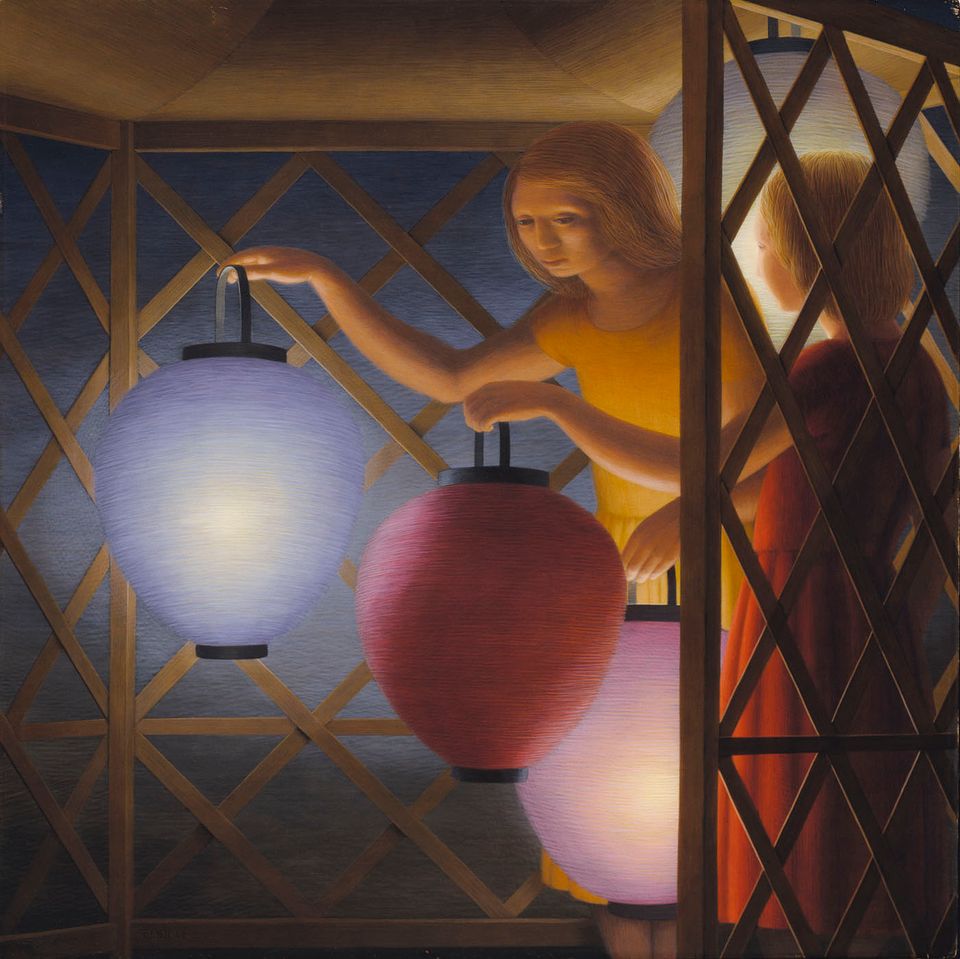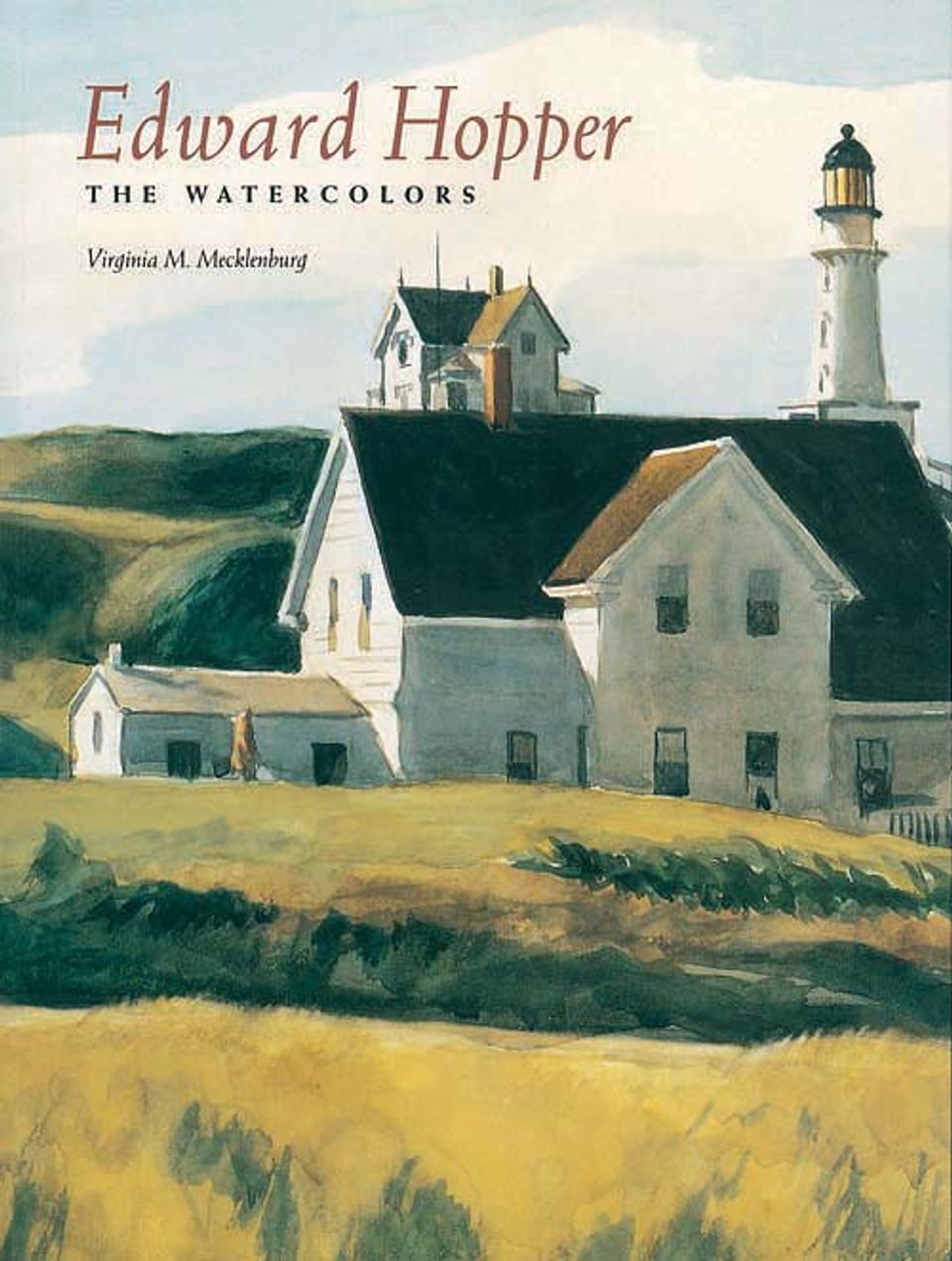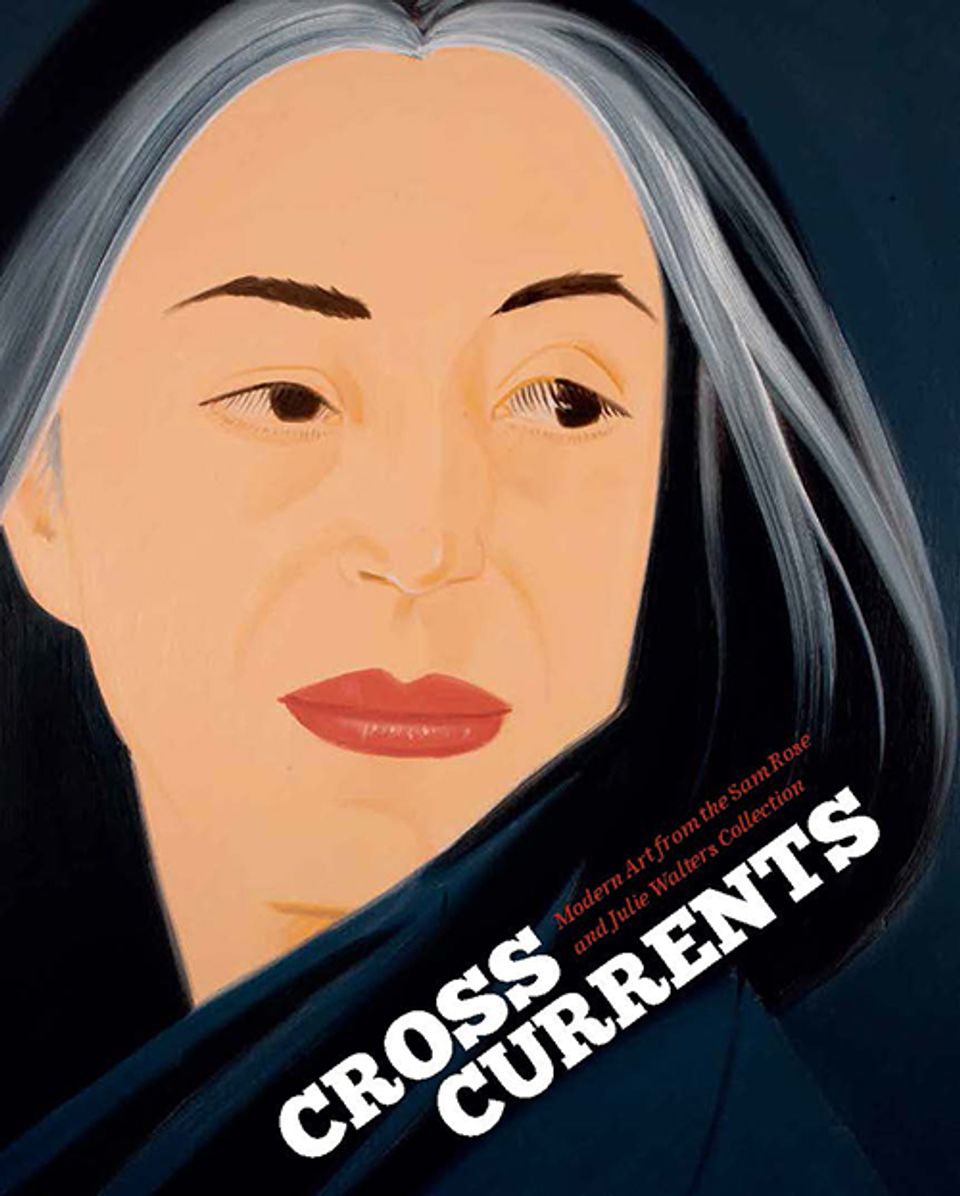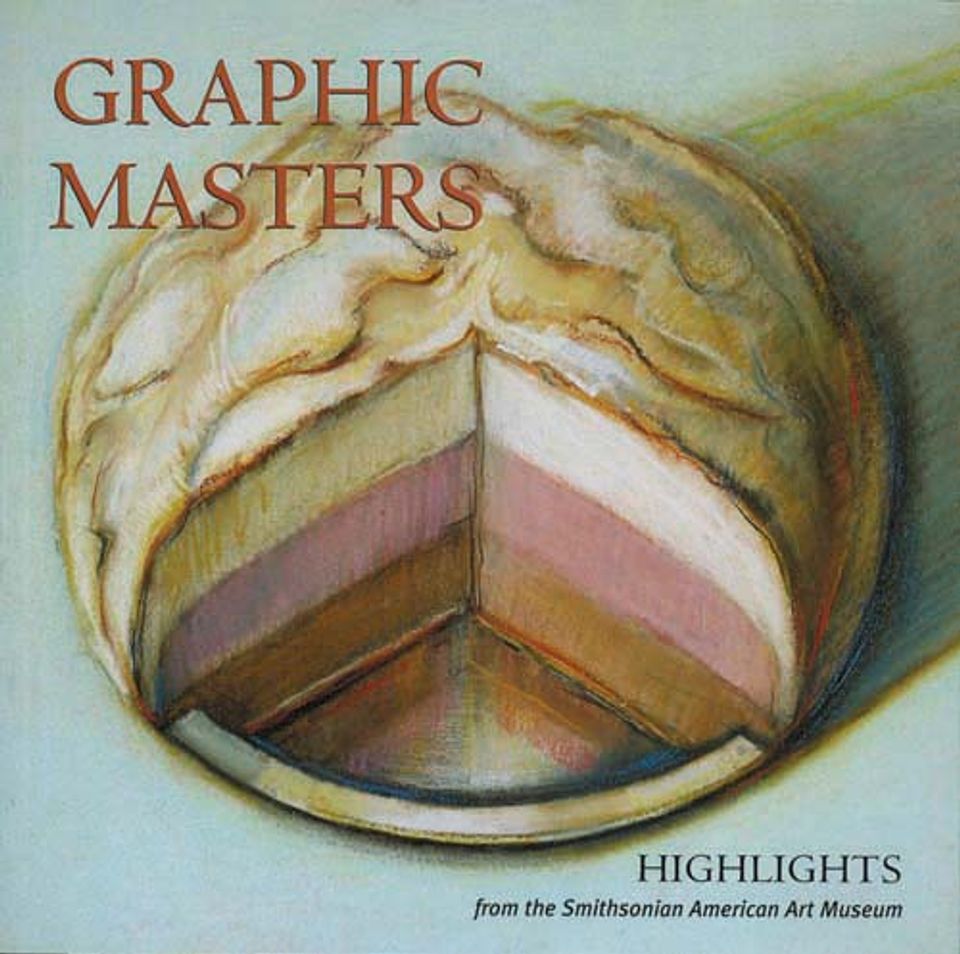Edward Hopper
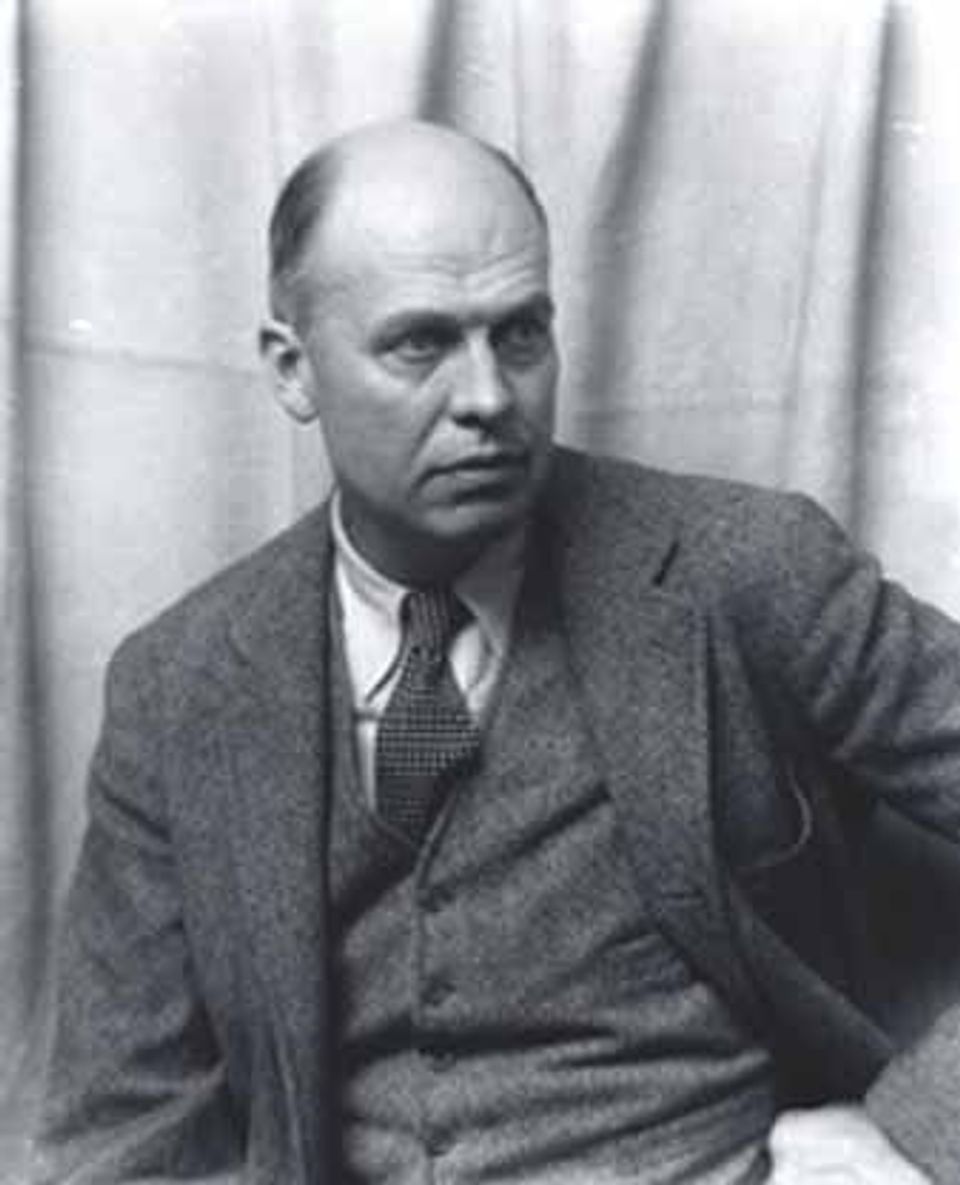
- Born
- Nyack, New York, United States
- Active in
- Cape Cod, Massachusetts, United States
- Biography
Realist painter who studied with Robert Henri and Kenneth Hayes Miller at the New York School of Art. One of the country's most honored artists, Hopper was internationally acclaimed in his lifetime and was elected to both the National Institute of Arts and Letters (1945) and the American Academy of Arts and Letters (1955). He poetically painted the isolation and detachment of modern life; Nighthawks (1942) is arguably his best-known composition.
Joan Stahl American Artists in Photographic Portraits from the Peter A. Juley & Son Collection (Washington, D.C. and Mineola, New York: National Museum of American Art and Dover Publications, Inc., 1995)
- Artist Biography
A quintessential American realist, Hopper painted a repertoire of subjects ranging from the lighthouses and Victorian manses of the New England coast to the movie houses, offices, cafeterias, and highways of New York City. Hopper was associated with the Ash Can artists early in his career; he studied with Robert Henri at the New York School of Art from 1900 to 1906 and greatly admired John Sloan's etchings of New York City. In the 1920s he achieved recognition with his architectural paintings in which light is used dramatically to characterize his subjects. Whether depicting daylight scenes or nocturnal environments, his paintings have an introspective, contemplative aura that is enhanced by his frequent use of solitary figures set against blank walls. Mood was as important to Hopper as subject, as the statement he wrote for the catalogue of his 1933 retrospective at the Museum of Modern Art makes clear: "My aim in painting has always been the most exact transcription possible of my most intimate impressions of nature."
Virginia M. Mecklenburg Modern American Realism: The Sara Roby Foundation Collection (Washington, D.C.: Smithsonian Institution Press for the National Museum of American Art, 1987)
Luce Artist BiographyEdward Hopper started his career as an illustrator, but soon switched to painting and studied with the artist Robert Henri at the New York School of Art. He made three trips to Paris between 1906 and 1910, where he stayed with a French family and painted scenes of the city. Back in the United States, he resumed his commercial work, creating engravings and illustrations of everyday American life. These proved such a success that he was encouraged to return to easel painting, and by 1927 he had established himself with an exhibition in New York City. Hopper painted characteristic American subjects, from movie theaters and restaurants to New England lighthouses. His images capture dramatic areas of light and shadow and often evoke a strong sense of isolation and loneliness, even when there is more than one figure portrayed.














